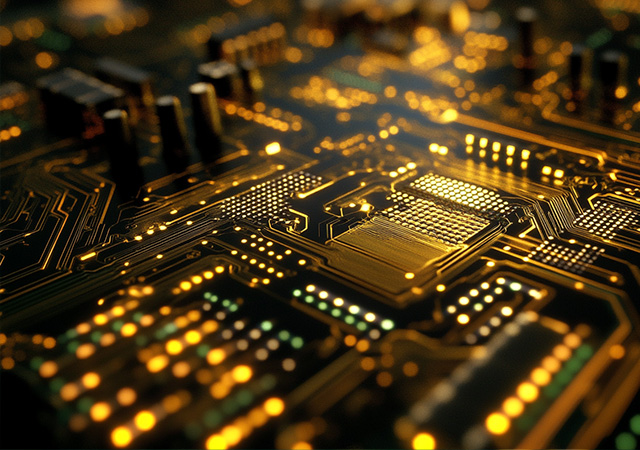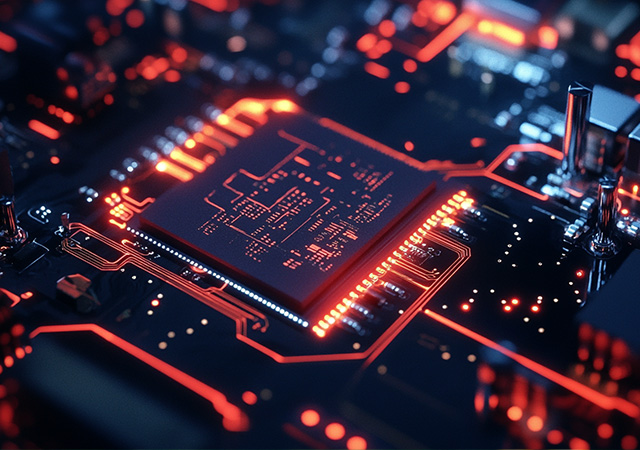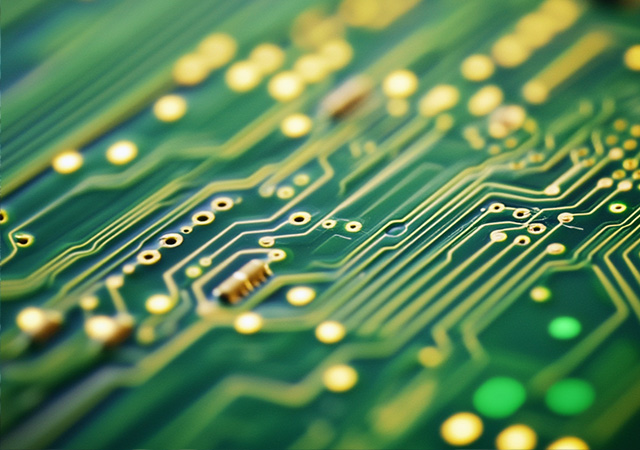-
- PCB TYPE
- PRINTED CIRCUIT BOARD PROTOTYPE ALUMINUM PRINTED CIRCUIT BOARD R&F PCB FPC HIGH FREQUENCY PCB HIGH-TG PCB HEAVY COPPER PCB HDI PCB PCB FOR LIGHTING METAL CORE PCB

In the vast ecosystem of electronic components, FR4 PCB stands as a testament to enduring innovation, having evolved from a functional substrate to a dynamic material that underpins nearly every electronic device. Unlike specialized materials designed for niche applications, FR4’s strength lies in its ability to adapt to changing technological demands while maintaining a balance of performance, cost, and manufacturability. From the earliest computing systems to today’s smart devices, FR4 has not merely kept pace with innovation but has often enabled it. This article explores the evolutionary journey of FR4 PCB, its role in enabling technological milestones, its current adaptations to modern challenges, and its potential to shape future electronics. By examining its past and present, we gain insight into why FR4 remains the most widely used PCB material globally.

In the dynamic landscape of electronics, Hybrid PCB has emerged as a transformative solution, breaking the limitations of single-material printed circuit boards by combining distinct substrates to achieve multifunctional performance. Unlike traditional PCBs that rely on a single material (such as FR4 or aluminum), hybrid PCBs merge two or more materials—each chosen for its unique properties—to address complex challenges like thermal management, high-frequency signal integrity, and mechanical durability. This integration allows engineers to optimize for multiple performance metrics simultaneously, making hybrid PCBs indispensable in applications ranging from consumer electronics to industrial machinery. This article explores the core concepts, structural configurations, design strategies, manufacturing processes, and real-world applications of hybrid PCBs, highlighting their role in pushing the boundaries of electronic design.

In the era of 5G networks, satellite communications, and high-speed data transfer, High Frequency Hybrid PCB Material has emerged as a critical innovation, addressing the limitations of single-material substrates in handling ultra-fast signals. These hybrid materials combine the strengths of multiple specialized substrates—such as low-dielectric polymers, ceramic composites, and reinforced laminates—to deliver exceptional signal integrity, thermal stability, and mechanical durability at frequencies exceeding several gigahertz. Unlike traditional materials that excel in either electrical performance or manufacturability but not both, high frequency hybrids balance these attributes, making them indispensable for applications where signal loss, latency, and reliability are paramount. This article explores the composition, design principles, manufacturing processes, and applications of high frequency hybrid PCB materials, highlighting their role in powering the next wave of high-speed elec

In the realm of advanced printed circuit board (PCB) design, FR4-Aluminum Hybrid PCB Design has emerged as a innovative solution that combines the best properties of two distinct materials: the electrical insulation and processability of FR4 with the exceptional thermal conductivity and mechanical strength of aluminum. This hybrid approach addresses a critical challenge in modern electronics: managing increasing heat loads without sacrificing design flexibility or cost-effectiveness. Unlike traditional FR4 PCBs, which struggle with heat dissipation, or pure aluminum PCBs, which lack electrical insulation, FR4-Aluminum hybrids strike a balance that makes them ideal for power-dense applications. This article explores the intricacies of FR4-Aluminum hybrid PCB design, from its structural components and design considerations to manufacturing processes, applications, and the unique advantages it offers to engineers and manufacturers.

FR4 PCB is more than a material—it is the invisible backbone of the digital revolution, enabling the devices and systems that define modern life. From the smartphone in your pocket to the industrial robots in factories, FR4 PCBs form the structural and functional core of electronic technology. What makes FR4 exceptional is its ability to adapt to the ever-changing demands of innovation, balancing performance, cost, and practicality across decades of technological advancement. This article explores FR4 PCB’s role as a catalyst for progress, examining its cultural impact, its influence on design philosophy, and its future as a foundational material in emerging technologies. By looking beyond technical specifications, we uncover how FR4 has become integral to the way we live, work, and connect.

Got project ready to assembly? Contact us: info@apollopcb.com



We're not around but we still want to hear from you! Leave us a note:

Leave Message to APOLLOPCB
